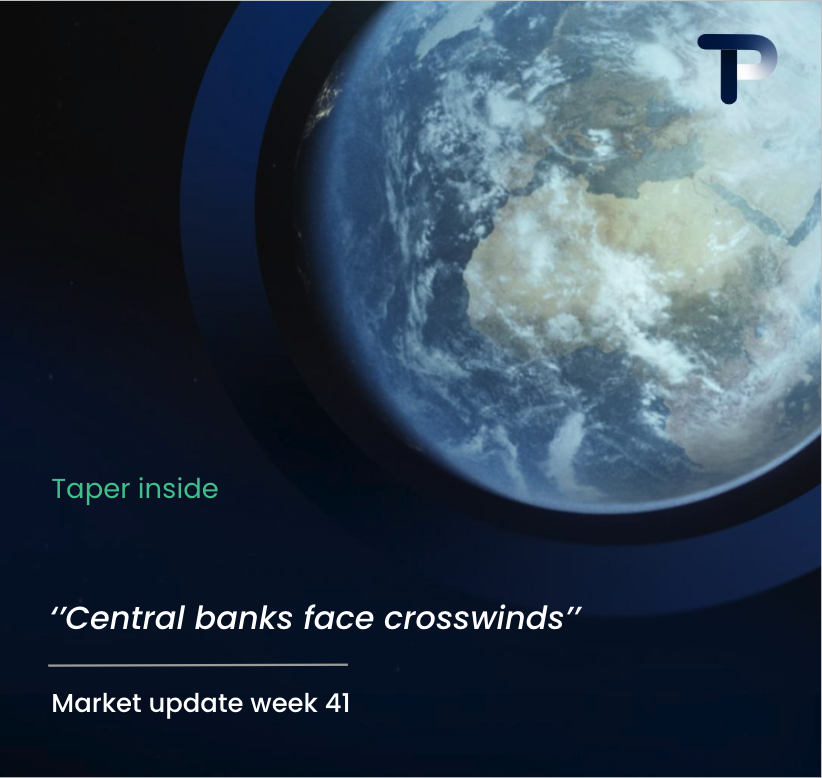When your traditional bank doesn’t offer multi-currency IBANs, you have several alternatives to streamline your international business operations. Consider specialised fintech providers, international banking institutions, or digital payment platforms that offer multi-currency IBAN services with competitive rates and enhanced functionality for cross-border transactions.
What is a Multi-currency IBAN and Why Do Businesses Need One?
A multi-currency IBAN is a distinctive alphanumeric code assigned to a bank account that enables handling transactions in multiple currencies, unlike regular IBANs which are linked to a single currency. This eliminates the necessity for maintaining separate accounts for different currencies.
The functionality centres on consolidating various currency operations within one account structure. Instead of juggling multiple banking relationships across different countries, businesses can manage their international transactions through a single interface whilst maintaining the standardised IBAN format that banks worldwide recognise.
For businesses engaged in international commerce, these accounts offer significant advantages. They facilitate seamless sending and receiving of payments in different currencies without frequent conversions. Companies trading with partners across Europe, Asia, or the Americas can accept payments in local currencies, reducing friction for their customers and improving cash flow management.
The operational benefits extend beyond simple convenience. Multi-currency IBANs help businesses avoid conversion fees typically charged by traditional banks, leading to substantial cost savings for companies with significant volumes of cross-border payments. They also enable better currency risk management by allowing businesses to hold funds in stable currencies during periods of volatility.
How Do You Find Alternative Banking Solutions for Multi-currency Needs?
When traditional banks fall short, specialised financial service providers offer robust alternatives for multi-currency banking requirements. These alternatives typically fall into three main categories: fintech companies, international banking institutions, and digital payment platforms.
Fintech companies often provide the most innovative solutions, operating entirely in the digital realm with enhanced flexibility and specialised services designed for international trade. These providers typically offer competitive exchange rates, transparent fee structures, and user-friendly interfaces that traditional banks struggle to match.
International banking institutions with multi-jurisdictional presence represent another viable option. These banks understand the complexities of global commerce and often provide comprehensive multi-currency services, though they may come with higher fees and more complex account opening procedures.
When evaluating providers, consider several important criteria:
- Regulatory compliance and authorisation in relevant jurisdictions
- Range of supported currencies and geographic coverage
- Fee structure transparency and competitive exchange rates
- Integration capabilities with existing accounting systems
- Customer support quality and availability
- Security measures and data protection standards
Research each provider’s regulatory framework, as some operate under different compliance requirements than traditional banks. Ensure they meet your industry’s specific regulatory needs, particularly regarding anti-money laundering rules and reporting obligations.
What Are the Benefits of Switching to a Multi-currency IBAN Provider?
Switching to a multi-currency IBAN provider delivers substantial cost reductions and operational improvements for international businesses. The most immediate benefit involves eliminating frequent currency conversion fees that traditional banks charge for each transaction.
Cost efficiency extends beyond conversion fees. Businesses can avoid maintaining multiple banking relationships across different countries, reducing account maintenance fees and administrative overhead. This consolidation approach typically results in lower overall banking costs whilst improving financial oversight.
Simplified accounting processes represent another significant advantage. Instead of reconciling multiple accounts across different banks and currencies, finance teams can manage all international transactions through a single platform. This streamlines month-end closing procedures and reduces the complexity of financial reporting.
Cash flow management improves dramatically with multi-currency capabilities. Businesses can hold funds in various currencies, timing conversions to take advantage of favourable exchange rates rather than being forced into immediate conversions. This flexibility helps protect against currency fluctuations and can improve profit margins on international transactions.
Customer experience benefits include faster payment processing and reduced transaction costs that can be passed on to clients. When businesses can accept payments in customers’ local currencies, it removes barriers to international sales and can improve conversion rates for global e-commerce operations.
| Benefit Area | Traditional Banking | Multi-currency IBAN Provider |
|---|---|---|
| Currency Conversion Fees | High, applied to each transaction | Reduced or eliminated |
| Account Management | Multiple accounts across banks | Single consolidated interface |
| Processing Speed | Slower due to intermediary banks | Faster direct processing |
| Exchange Rate Transparency | Often unclear markup | Transparent, competitive rates |
Making the Transition to Multi-currency Banking Solutions
Transitioning from traditional banking to specialised multi-currency providers requires careful planning and systematic implementation. The process involves several key considerations that can determine the success of your switch.
Begin by conducting a thorough assessment of your current banking relationships and international payment volumes. Document existing pain points, costs, and operational inefficiencies to establish clear metrics for measuring improvement after the transition.
Implementation should follow a phased approach rather than an immediate complete switch. Start by routing a portion of your international transactions through the new provider whilst maintaining existing banking relationships. This allows you to test the service quality and identify any integration challenges before full commitment.
Key implementation steps include:
- Setting up the new multi-currency IBAN account
- Integrating with existing accounting and ERP systems
- Training staff on new processes and interfaces
- Updating customer and supplier payment instructions
- Establishing new internal controls for currency management
Long-term benefits extend beyond immediate cost savings. Businesses often find that improved international banking capabilities enable expansion into new markets that were previously cost-prohibitive. The operational efficiency gains free up resources that can be redirected towards growth initiatives rather than administrative tasks.
Consider the regulatory implications of your transition, particularly if you operate in highly regulated industries. Ensure your new provider meets all compliance requirements and can provide necessary reporting capabilities for your jurisdiction.
The transition to multi-currency banking solutions represents a strategic investment in your business’s international capabilities. By choosing the right provider and implementing systematically, you can transform international payments from a cost centre into a competitive advantage that supports global growth and operational excellence.
Hi there! 👋 I see you're reading about multi-currency IBAN accounts for supply chain payments. Smart choice - these accounts can save businesses 2-4% on every international transaction!
What best describes your current situation with international supplier payments?
Which of these challenges are you currently facing with international payments? (Select all that apply)
What's driving your interest in multi-currency payment solutions? Tell us about your business goals or challenges.
Great! To help us understand your specific needs better, could you share more details about your international payment volume or any particular requirements?
Perfect! Let's connect you with one of our international payments specialists who can show you exactly how Taper's multi-currency IBAN accounts can save you money and streamline your supply chain payments.
Hi there! 👋 I see you're reading about multi-currency IBAN accounts for supply chain payments. Smart choice - these accounts can save businesses 2-4% on every international transaction!
What best describes your current situation with international supplier payments?
Which of these challenges are you currently facing with international payments? (Select all that apply)
What's driving your interest in multi-currency payment solutions? Tell us about your business goals or challenges.
Great! To help us understand your specific needs better, could you share more details about your international payment volume or any particular requirements?
Perfect! Let's connect you with one of our international payments specialists who can show you exactly how Taper's multi-currency IBAN accounts can save you money and streamline your supply chain payments.



